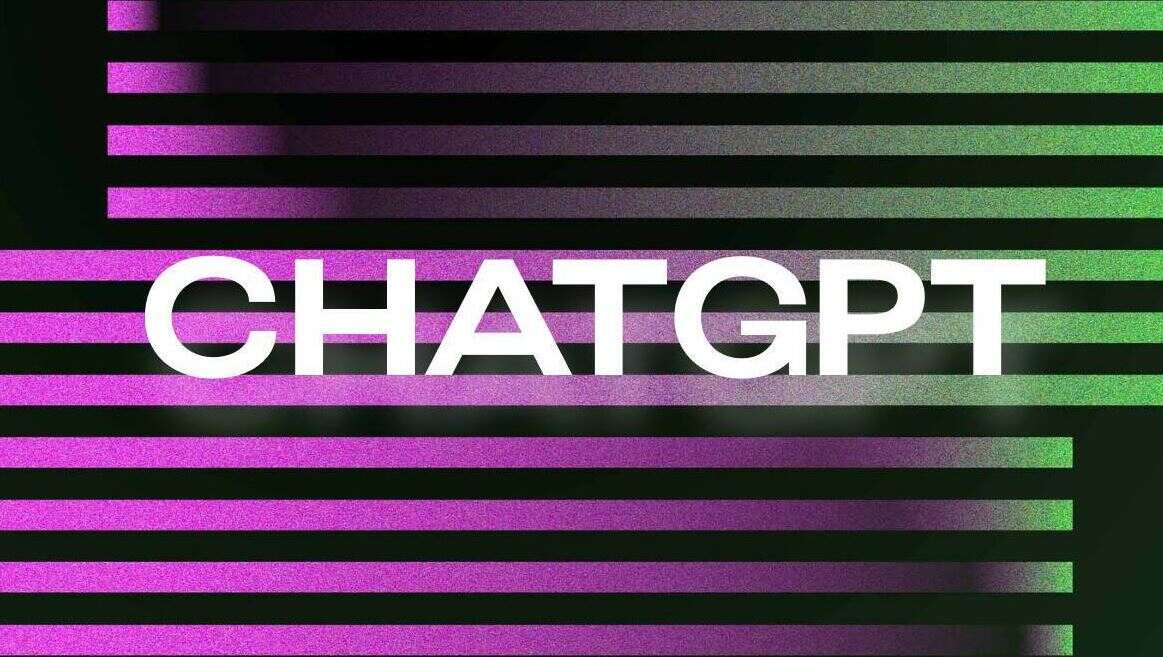OpenAI, the company behind the advanced language model ChatGPT, has launched a new tool for detecting AI-generated text. The tool, which the company describes as “imperfect,” uses advanced algorithms to distinguish between text written by AI models and that written by humans. The development of the tool comes at a time when AI-generated text is becoming increasingly prevalent, with language models like GPT-3 and others being used to create everything from news articles and fiction to legal documents and product descriptions.
The new tool from OpenAI is expected to have a wide range of applications, from identifying fake news and misinformation online, to improving the accuracy of AI models by allowing developers to identify areas where they need to improve. The tool is also expected to play a role in the growing debate around the ethics of AI-generated text and its impact on society, with concerns ranging from the spread of misinformation to the loss of jobs in journalism and other fields.
While the tool is not perfect and may not be able to accurately identify all AI-generated text, it represents a significant step forward in the field of AI and has generated much excitement among researchers and industry experts. The ability to distinguish between human-written text and AI-generated text has the potential to revolutionize the way that information is consumed and shared online, helping to reduce the spread of misinformation and fake news.
One of the key challenges facing the development of the tool was the need to balance accuracy and performance. The algorithms used by the tool need to be sophisticated enough to accurately identify AI-generated text, but at the same time, they must also be efficient enough to run in real-time on a variety of devices. This is a difficult balance to achieve, and OpenAI has acknowledged that the tool is still a work in progress and that there is still room for improvement.
However, despite its imperfections, the tool is already generating interest among a wide range of organizations, including media companies, research institutions, and government agencies. These organizations are looking to use the tool to help identify AI-generated text in their own content, as well as in content produced by others. This will allow them to take a more informed approach to how they use AI-generated text and to better understand its impact on society.
The launch of the new tool from OpenAI is just the latest example of the growing interest in AI-generated text and its potential to transform a wide range of industries. As the technology continues to evolve, it is likely that we will see even more sophisticated tools for detecting AI-generated text and for improving the accuracy and performance of AI models. The future of AI-generated text is an exciting one, and the new tool from OpenAI is sure to play a key role in shaping that future.
In conclusion, the new tool from OpenAI represents a major step forward in the field of AI and has the potential to have a significant impact on the way that information is shared and consumed online. While it is not perfect, and there is still room for improvement, it is an exciting development that has generated much interest among researchers, industry experts, and a wide range of organizations. As the technology continues to evolve, we can expect to see even more sophisticated tools for detecting AI-generated text and for improving the accuracy and performance of AI models.
